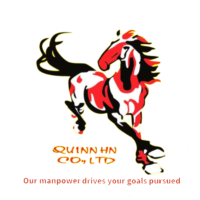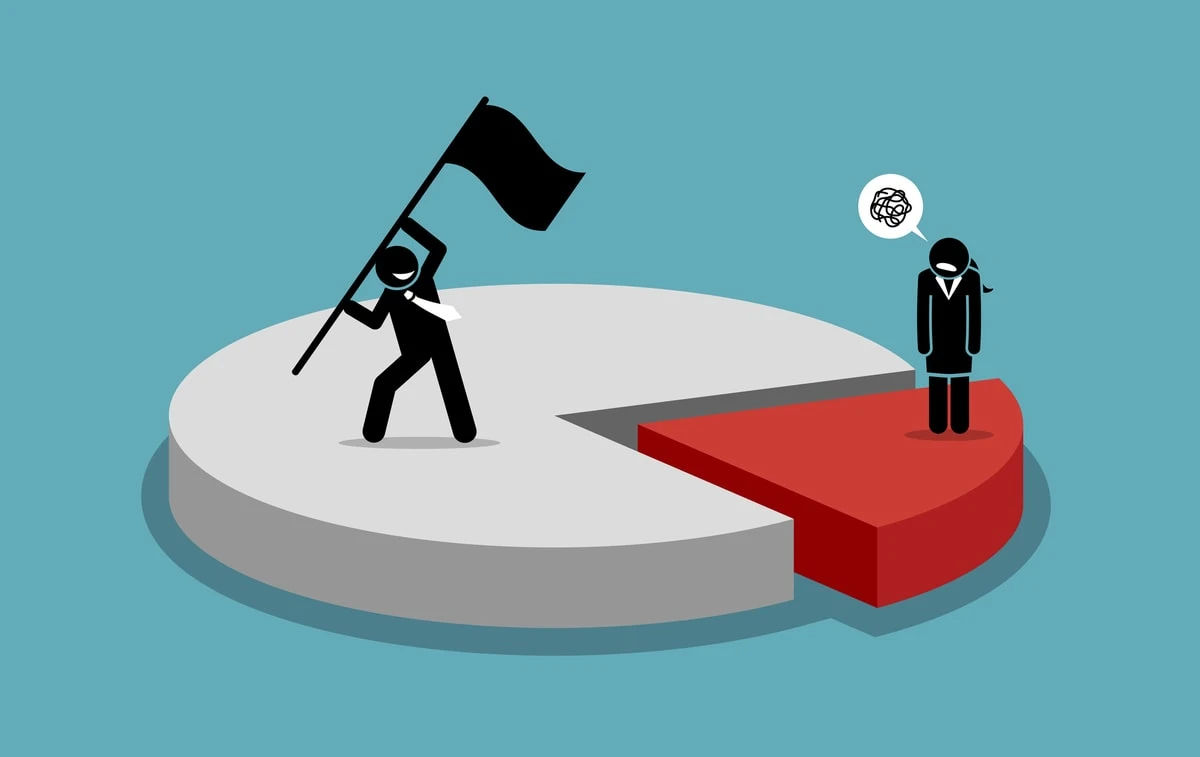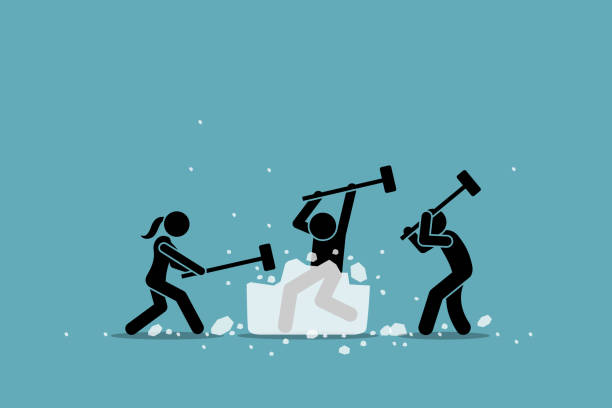

Mastering Stress Management for Optimal Leadership: A Quinn Vietnam Manpower Guide
- trienkhaiweb
- 18 August, 2025
- 0 Comments
Leadership in the modern workplace is a demanding role, often accompanied by significant stress. However, not all stress is detrimental. Quinn Vietnam Manpower recognizes the importance of distinguishing between eustress, the positive stress that motivates and energizes, and distress, the negative stress that can lead to burnout and hinder performance. This comprehensive guide explores the nuances of eustress and distress, offering practical strategies for Quinn Vietnam Manpower’s partners and clients to effectively manage both and cultivate a thriving work environment in 2025.
Understanding Eustress and Distress in the Workplace
While the term “stress” often carries negative connotations, it encompasses a spectrum of experiences. Eustress, derived from the Greek prefix “eu” meaning “good,” refers to the positive stress response that arises from challenging yet attainable goals. It motivates individuals to perform at their best, fostering creativity, productivity, and a sense of accomplishment. Distress, on the other hand, results from overwhelming demands, perceived threats, or a lack of control, leading to anxiety, burnout, and decreased performance.
For leaders, understanding the difference between these two types of stress is crucial for maintaining their well-being and fostering a positive and productive work environment for their teams.

Differentiating Between Eustress and Distress
Recognizing the subtle differences between eustress and distress can be challenging. Here are some key questions to consider:
- Control: Does the individual feel in control of the situation, or are they overwhelmed by external factors? Eustress thrives on challenges within one’s capabilities, while distress often stems from a perceived lack of control.
- Uncertainty: Is the situation predictable and manageable, or is it characterized by ambiguity and uncertainty? Eustress involves challenges with clear boundaries and attainable outcomes, whereas distress often arises from unpredictable situations with unclear resolutions.
- Support: Does the individual have access to support systems, resources, and guidance? Eustress is often accompanied by a sense of camaraderie and support, while distress can lead to feelings of isolation and helplessness.
- Threat: Does the individual perceive the situation as a threat to their well-being or career? Eustress motivates individuals to overcome challenges, while distress can trigger fear and anxiety.
By carefully assessing these factors, leaders can better understand the nature of the stress experienced by themselves and their team members, enabling them to implement appropriate strategies for managing it effectively.
Strategies for Managing Eustress and Distress
Quinn Vietnam Manpower emphasizes a proactive approach to stress management, equipping leaders with the tools and techniques to navigate both eustress and distress effectively.
- Cultivating Eustress:
- Setting challenging yet achievable goals: Encourage growth and motivation by setting goals that stretch individuals’ abilities without overwhelming them.
- Providing opportunities for skill development: Invest in training and development programs that enhance employees’ skills and confidence, empowering them to tackle challenges effectively.
- Fostering a supportive and collaborative environment: Create a workplace culture where teamwork, open communication, and mutual support are valued, reducing feelings of isolation and promoting a sense of shared responsibility.
- Celebrating achievements and recognizing efforts: Acknowledge and reward accomplishments, fostering a sense of pride and motivation among team members.
- Mitigating Distress:
- Promoting work-life balance: Encourage healthy boundaries between work and personal life, ensuring adequate time for rest, relaxation, and personal pursuits.
- Providing access to stress management resources: Offer resources such as employee assistance programs, mindfulness workshops, and stress management training to equip individuals with coping mechanisms.
- Encouraging open communication: Create a safe space for employees to express their concerns and seek support without fear of judgment.
- Implementing flexible work arrangements: Where possible, offer flexible work options such as remote work or flexible hours to help employees manage their workload and personal responsibilities more effectively.
- Prioritizing workload management: Encourage effective time management, delegation, and prioritization techniques to prevent overwhelm and ensure manageable workloads.
- Building Resilience:
- Developing self-awareness: Encourage self-reflection and mindfulness practices to help individuals understand their stress triggers and develop coping mechanisms.
- Fostering a growth mindset: Promote a culture of continuous learning and development, encouraging individuals to view challenges as opportunities for growth.
- Building strong relationships: Encourage social connections and support networks within and outside the workplace, fostering a sense of belonging and resilience.

Quinn Vietnam Manpower: Your Partner in Stress Management and Leadership Development
Quinn Vietnam Manpower is committed to providing our clients with manpower resources equipped with the skills and resilience to thrive in today’s dynamic workplace. We invest in comprehensive training and development programs that focus on stress management, leadership development, and employee well-being. Our goal is to empower leaders to create a positive and productive work environment where both eustress and distress are effectively managed, fostering a culture of resilience, growth, and success. Contact us today to learn how we can help you build a strong and resilient workforce.
Related articles
Breaking Down Silos: How We Can Enhance Cross-Departmental Communication
In today’s dynamic business landscape, effective communication is more critical than ever, especially for organizations like Quinn Vietnam Manpower, operating in the competitive manpower sector. While companies often emphasize teamwork, communication barriers between departments can hinder productivity and efficiency. A 2024 survey revealed that two-thirds of employees believe cross-departmental communication is poor, leading to decreased…
Breaking Down Silos: How We Can Help Your Company Thrive
As businesses navigate the complexities of hypergrowth in 2025, one challenge stands out: information silos. These barriers to communication and collaboration can hinder productivity, stifle innovation, and ultimately impede a company’s success. This article explores the detrimental effects of information silos and how Quinn Vietnam Manpower can provide solutions to foster a more connected and…
Breaking Gender Bias: Quinn Vietnam Manpower’s Guide to Inclusive Recruitment
Gender bias in the workplace remains a persistent challenge, but recruiters have a crucial role to play in building more inclusive environments. Quinn Vietnam Manpower is committed to promoting gender equality in the workplace and offers these seven actionable steps for recruiters to break down barriers and create a truly diverse and inclusive workforce. 1….
Breaking the Ice: How Quinn Vietnam Manpower Can Connect with Shy Clients
In the competitive world of manpower solutions, building strong client relationships is crucial. At Quinn Vietnam Manpower, we understand the importance of open communication and trust. But what happens when a client is shy or hesitant to engage? This can pose a challenge for any business, especially in the manpower sector where understanding client needs…
Breaking the Mold: Why Leaders Need New Decision Models
The business world is in constant flux, and the old ways of doing things simply don’t cut it anymore. This is especially true in today’s rapidly evolving global market, where companies need to be agile and adaptable to stay ahead of the curve. One area where this is particularly evident is in decision-making. Traditional decision…
Bridging Cultural Gaps: Effective Communication Strategies for Global Teams
In today’s interconnected world, businesses increasingly rely on global teams to drive innovation and success. However, effective collaboration in diverse cultural landscapes presents unique communication challenges. Understanding these nuances is crucial for fostering strong relationships, building trust, and ultimately, achieving peak performance. Quinn Vietnam Manpower, a leading provider of manpower solutions, recognizes the significance of…






